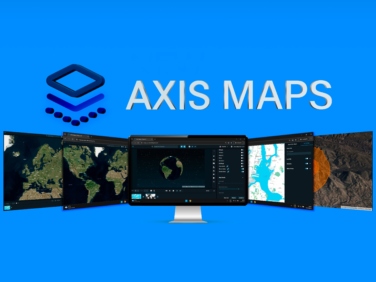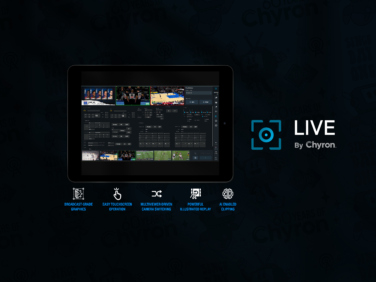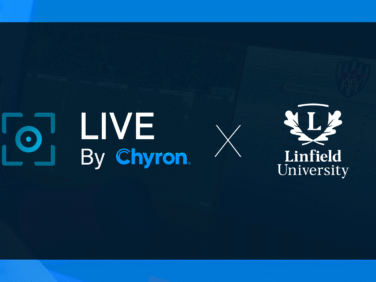
Five Technologies to Make Your Broadcasts More Impactful
Do you ever feel the traditional boilerplate of a news broadcast is getting stale? Well, your viewers might be having the same thoughts. The anchor at the desk, the lower third headline, a detailed OTS graphic, the breaking news stinger, a roundtable or multi-box commentator discussion – this format is burned into the very minds of both the people who produce and view the news. However, in a market with world-class competition for viewership, the definition of insanity is doing the same thing over and over again and expecting more viewers.
By bringing more visually impactful news technology to bear, you can subvert viewer expectations and give them an experience that reminds them why they stick with your channel or convinces them to switch over.
Here are five technologies that can make your broadcasts more impactful, and as you’ll see, they don’t need to up-end your workflow and can make the creative, editorial, and production process far more efficient for your staff.
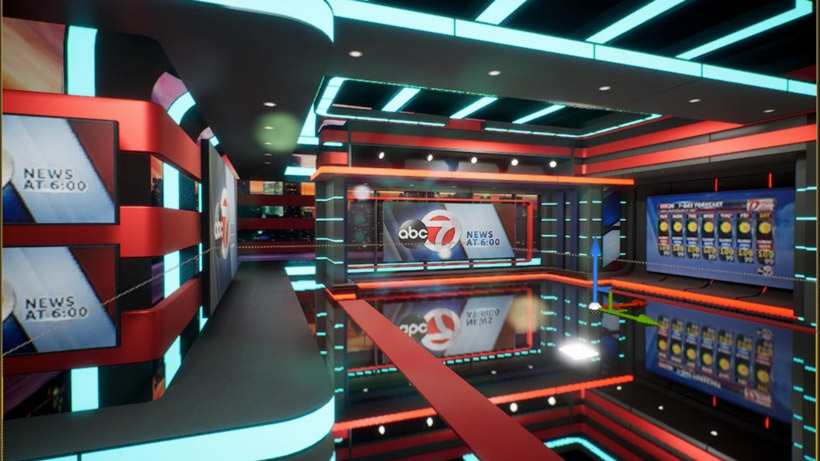
1) Virtual Sets and Augmented Reality (VSAR)
Since the Unreal Engine first broke into the world of live television as an engine for virtual productions, it’s provided broadcasters near limitless opportunities to create eye-popping, incredible set pieces. VSAR technology makes it possible for many news stations to create a virtual studio space that’s far more compelling than a physical set within their logistic and budget capability. Virtual studio scenes can adapt and transition to suit different news programs with ease. Additionally, you can leverage data-driven 3D models and elements to present weather, elections, events, and all other kinds of stories.
VSAR scenes can be as easy-to-manage as lower thirds, OTS graphics, and other day-to-day assets in your newsroom rundowns. PRIME VSAR scenes are accessible as customizable templates from the CAMIO interface within your NRCS of choice. It’s like muscle memory for a producer to customize a virtual studio, virtual screens, or data-driven models for the immediate story at hand.
Learn more about Chyron’s Unreal-driven PRIME VSAR
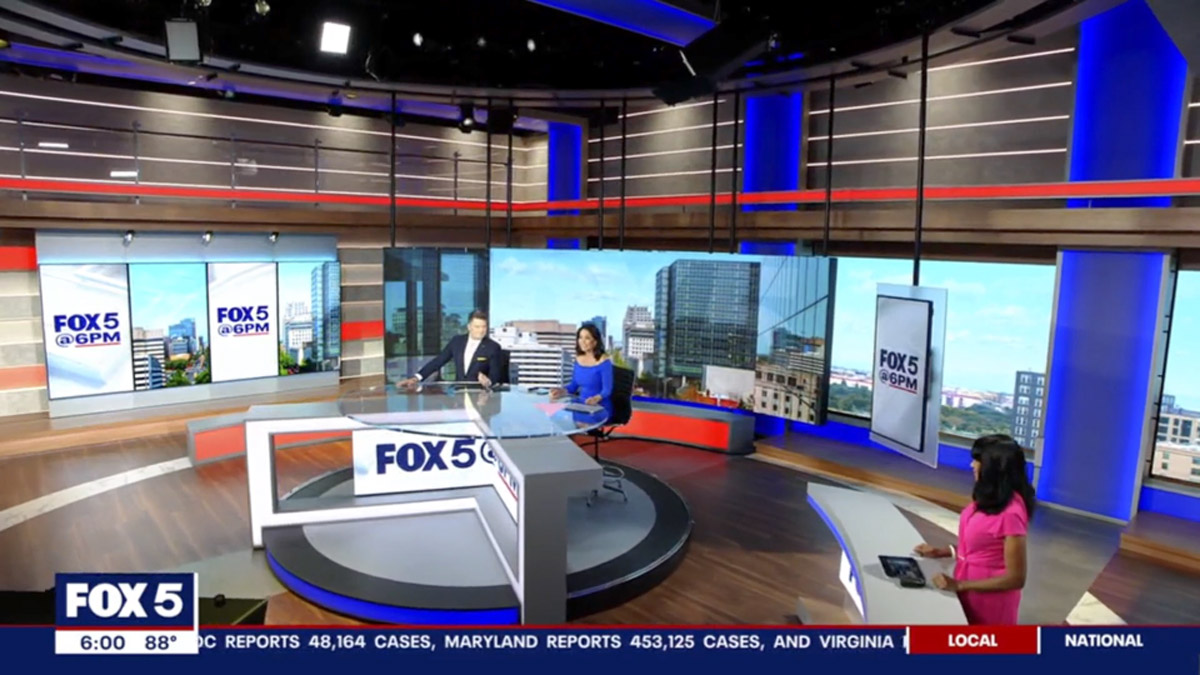
2) Studio Video Walls
Traditionally the domain of big-name broadcasters, video wall installations are fast becoming an affordable and accessible option for smaller stations thanks to the dropping prices, ease of use, and improving quality of LED video wall technology.1 In years past, broadcasters would use video walls as a simple set dressing with a replaceable background, but today video walls are moving to the forefront of a news presentation. Chyron clients utilize dynamic graphics in ultra-wide set spanning displays that animate and move around the screen, such as multi-box remote panel segments that pull out and zoom in on the active speaker. Another example is video wall setups that are modular and motorized, splitting and moving around the set depending on the story at hand.
Video wall sets are easier to manage than ever before. With PRIME Video Walls, sub-channel functionality allows producers to slice and dice graphics and layers into a custom layout on a larger screen. Plus, by implementing video wall scenes into a MOS-enabled, CG-style workflow – producers and journalists can easily access, edit, and add video wall scenes to the rundown like they would any other simple graphic.
Learn more about creating exciting studio sets with PRIME Video Walls

3) Weather Graphics & Visualization
The weather forecast may be the most critical information a news station can deliver to its viewers. Weather can affect livelihoods, property, or even a person’s safety – depending on where they live in the world. To that end, state-of-the-art weather graphics can vastly improve how you visualize weather and educate your audience on the impact it will have on them. For instance, A data-agnostic system like Chyron Weather can plug into multiple data sources and visualize them as unique layered elements. Visit the Chyron Weather page for a video with a whole montage of examples!
Again, through a MOS-integrated template management workflow – such as CAMIO and Chyron Weather – this doesn’t need to be a complex process. Your meteorologists can prepare a template with the right data visualization while your producers and journalists can fine-tune it for whatever location they need it for.
Read: How to Reimagine Your Weather Graphics with Chyron Weather

4) Large Touchscreen Displays
An excellent choice for productions driven by the expertise of your on-air presenter – large touchscreen displays offer an engaging way for viewers to follow along with in-depth analysis. Whether it’s financial trend analysis, breaking down sports stats, or forecasting the trends of an election – setting up the ideal touchscreen scenes and logic allows your presenter to shine.
In the example image above, CBS Sports utilizes a touchscreen-driven Smart Cart as a highly-mobile studio to provide detailed golfing analysis directly from the course. Watch the video of it in action here.
Learn more about PRIME Touchscreen
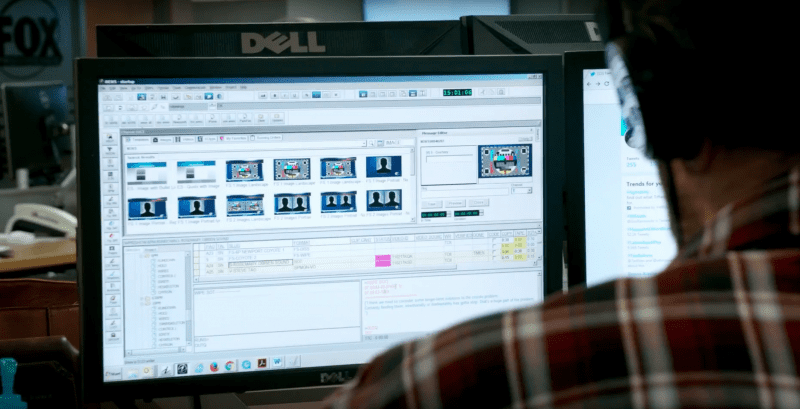
5) MOS Asset Management
While this last one is more behind-the-scenes than our previous examples, you’ve likely noticed it’s a vital backbone to making these potentially new technologies to your station integrate smoothly into your workflow. By giving your producers and journalists more power to customize scenes with these tools – be it VSAR, video walls, weather graphics, or touchscreens – you can enjoy higher-quality assets for up-to-the-minute reporting.
Not to mention, for a designer to create a spectacular, engaging visual – they need the time and preparation to make it happen. By offloading last-minute update tasks to editorial and production staff, designers can focus on flexing their creative muscles to bring something beautiful to life. Having the right template-based asset management tool driving your MOS newsroom workflows will vastly improve the quality of what your team puts out.
Learn more about CAMIO
Build Viewership with Visually-Impactful News Broadcasts
By changing up the paint-by-numbers formula of a news broadcast, you can surprise your viewers and help them understand developing stories in a more visually-engaging way. And remember, new doesn’t have to mean complex and with the right MOS integration and asset management backbone – many of these new tools can slot easily into the workflows that your entire creative, editorial, and production staff can easily grasp and leverage.
For more insights on improving your news broadcasts, subscribe to the Chyron Blog
